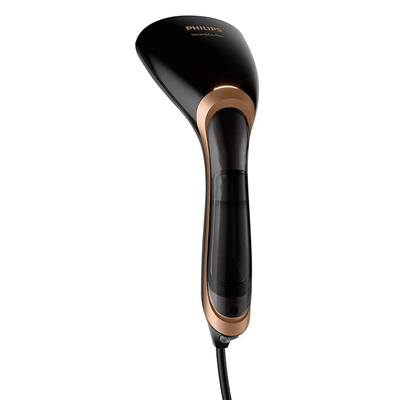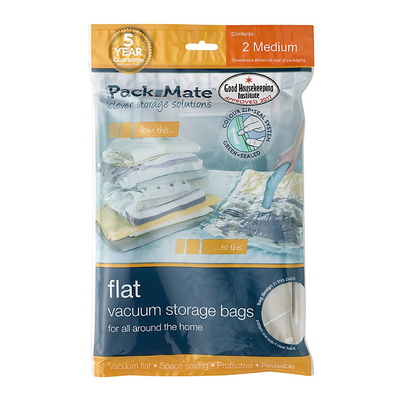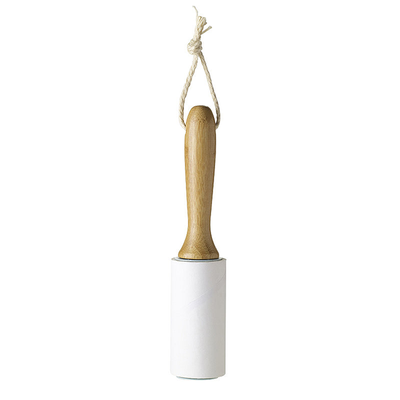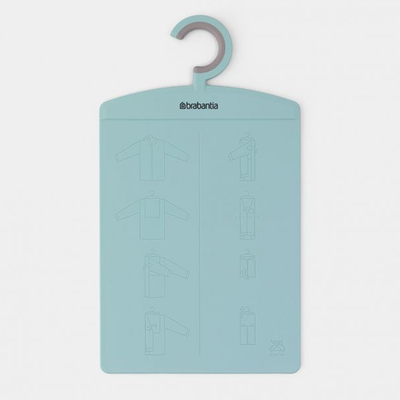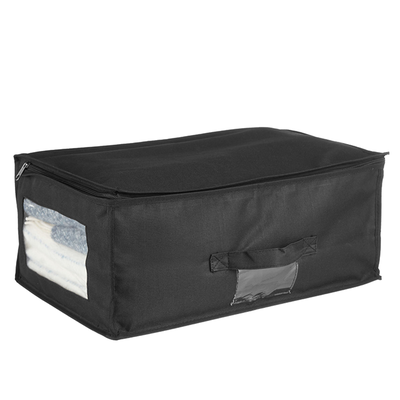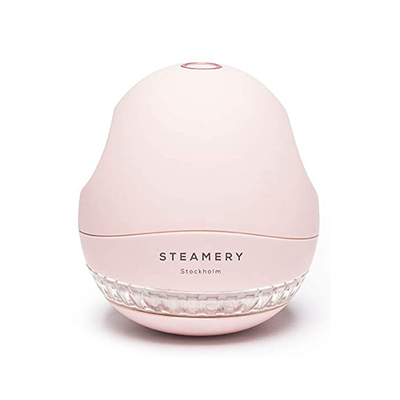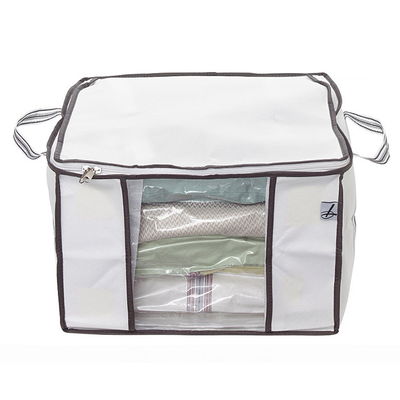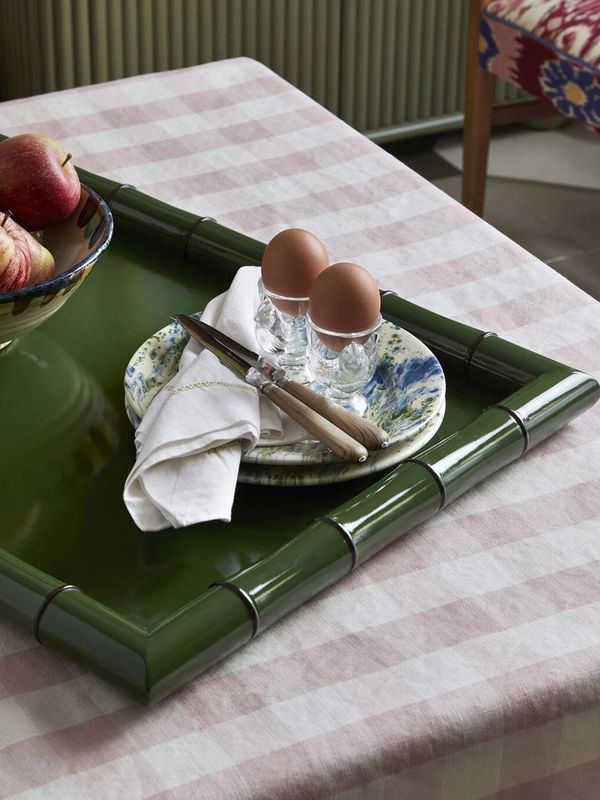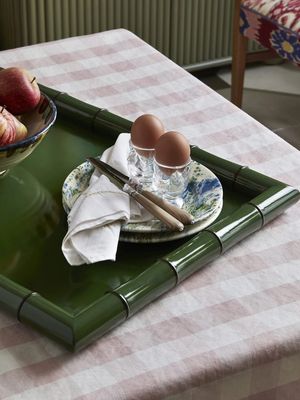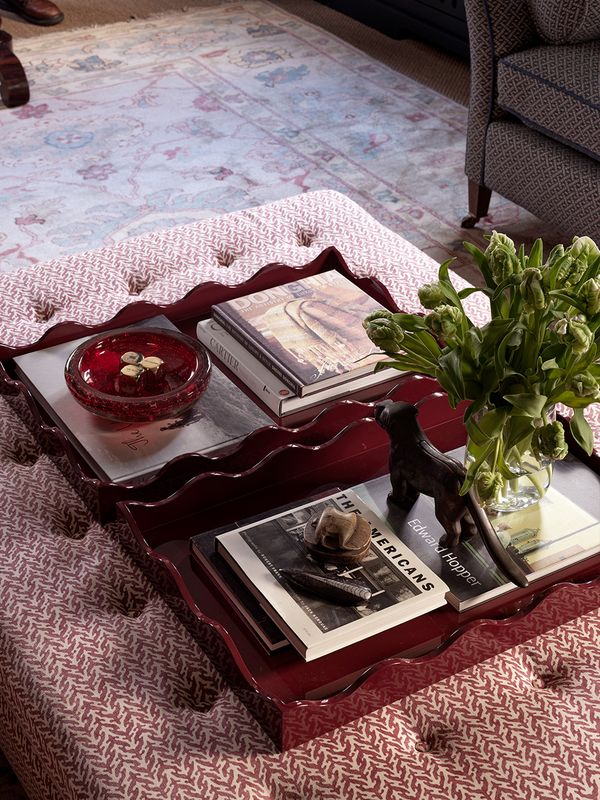
How To Store Your Winter Clothes
All products on this page have been selected by our editorial team, however we may make commission on some products.
Start By Doing Your Laundry
It goes without saying, but part of putting your winter wardrobe away should include a thorough laundry job before items are stored away for the summer. That means all of those hand-wash sweaters and delicate pieces, too. As for those items marked dry-clean only, don’t panic. “Delicate fabrics require a gentle approach to cleaning, but ironically, chemicals from the dry cleaner are actually super tough on them,” say the experts from New York laundry brand The Laundress.
Depending on whether the piece is silk, linen, velvet or wool, start gently. “Before washing any of these fabrics, always test an inconspicuous area of your garment for water reactions before washing. Most fabrics should be stable if manufactured properly, but certain fabrics will release dye, which could stain other items in a load.” For a full break down, click here. After that, give everything that needs it a steam or an iron to ensure it stays fresher for longer in storage. As for winter boots or trainers, give everything a freshen up using a dedicated shoe deodoriser before putting them away in boxes until next season.
Check For Moths
As we move into spring/summer, now is also the time to do your biannual moth check. Unfortunately, according to pest control experts Rentokil, the first sign of clothes moths is likely to be damaged garments. “Clothing damage will most frequently occur in knitwear (commonly wool, cashmere, alpaca or angora), silk or leather garments,” they explain. “The damage will present itself as irregular ‘holes’ in clothing and the size of the holes will depend on how long moth larvae have been left undisturbed to eat the protein-based fibres. It is sometimes the case that non-protein-based garments are attacked. This normally happens when garments that are stained with food or perspiration are left.”
It’s also important to remember moth damage can occur in drawers, wardrobes and cupboards – so invest in some anti-moth products to keep your summer clothes safe, too. Rentokil recommends these moth traps, which are available in six-month refills.
De-Bobble Your Knitwear
Before you put them away for the next six months, you can ensure your clothes last longer and remerge next season with plenty of life left in them with the help of a garment-saving de-bobbler, says the team at Lakeland. “The Gleener 2-in-1 bobble remover is a multifaceted marvel, with one end acting as a brush to remove fluff and lint, while the other end effectively removes those bothersome bobbles,” the experts explain. “The innovative, ergonomic design allows you to easily switch between functions, while the interchangeable heads meet the needs of a variety of fabrics.” Use this as an opportunity to touch up all your favourite sweaters and knitted pieces, so that when you come to get them back out next season, they look as good as new.
Vacuum-Pack Bulkier Items
If you’re tight on space, it might be necessary to pack away larger, bulkier items using vacuum pack bags as we move into the warmer months. For heavy coats, or garments taking up a lot of space, vacuum-pack bags will cut down on space – just remember to check what they’re made out of as some aren’t suitable for delicate fabrics that need to breathe. “Our range of handy, space-saving vacuum storage bags will keep your items compact, secure and fresh until you next need them,” explains Lakeland. “Give them a spritz of Moth Stop before you put them into the bag, and your comfy knits will emerge lavender fresh and moth free next season.”
Use Boxes For The Rest
According to the experts, it’s better to store clothes in plastic rather than wood, paper or cardboard boxes – mainly because they’re waterproof and protect your garments from pests. Cardboard and wood can also contain chemicals that can transfer on to clothes and damage them. Just remember, if you do use plastic boxes, make sure they're not completely airtight, as some clothes (namely wool jumpers and pieces made from other natural fibres) need to be able to breathe. On that note, anything which needs to remain hanging to keep its shape should be put in a garment cover – specifically one made from a moth-free material, but which still allows the clothes to breathe, too.
Find A Cool Spot…
Whether you decide to put your items in a separate wardrobe, loft or basement, where you leave them should ideally be kept as cool as possible. To that end, where possible keep things off the ground and away from damp, direct sunlight or any type of heat source, like pipes and boilers.
Invest In The Right Tools…
Whether it’s acid-free tissue paper, a cashmere comb or a simple hand-held steamer, investing in some helpful tools could help you stay on top of your wardrobe.
Here are some of our favourites…
CREDITS: ISTOCK/CENTRALLTALLIANCE
DISCLAIMER: We endeavour to always credit the correct original source of every image we use. If you think a credit may be incorrect, please contact us at info@sheerluxe.com.
